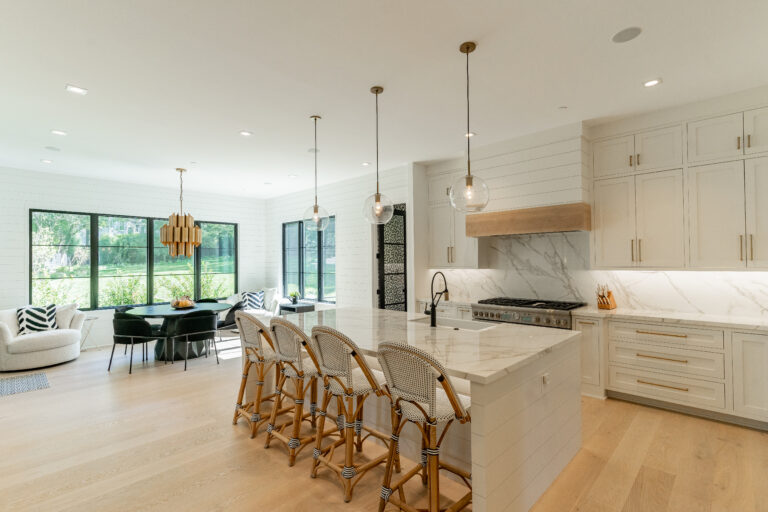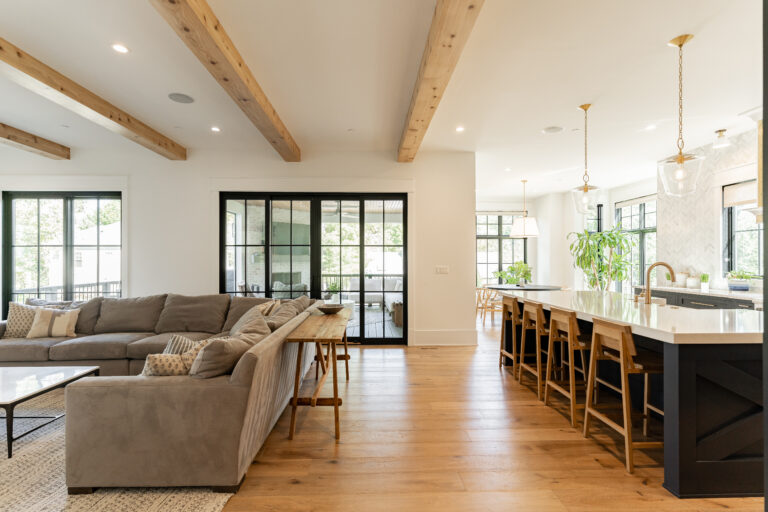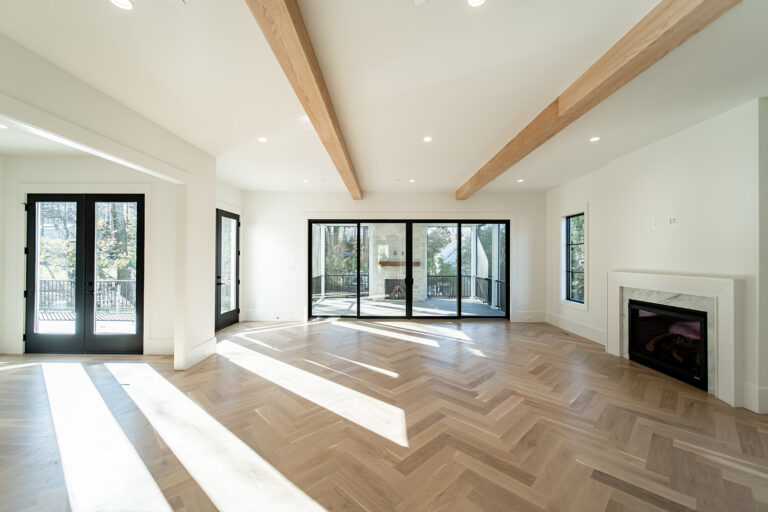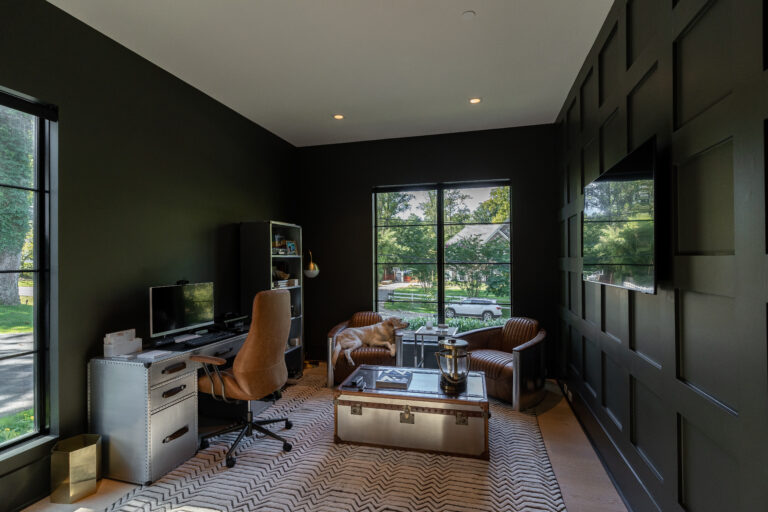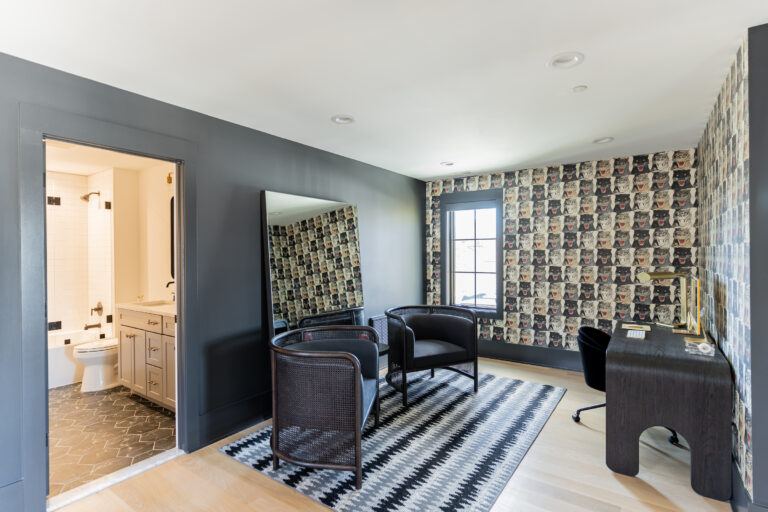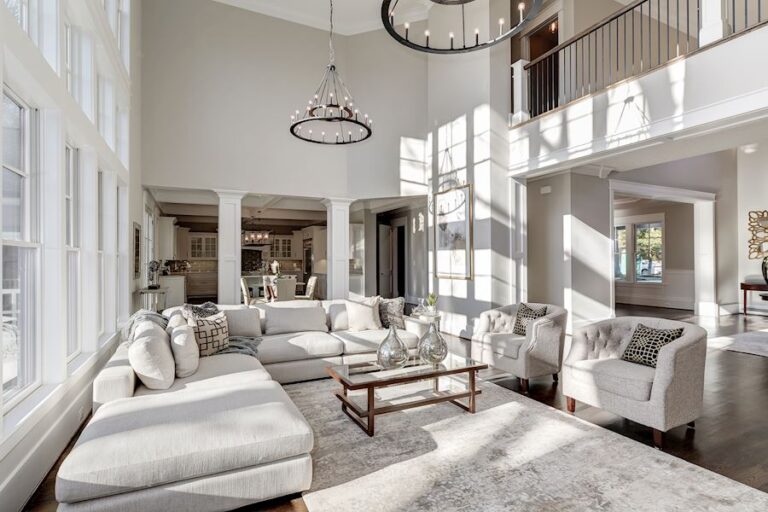
The Psychology of Space: Designing a Home That Nurtures Well-Being and Productivity
The spaces we live in shape the way we feel, think, and function. Every room in a home has the potential to influence emotions—whether it’s a sense of calm from a spa-like bathroom or inspiration sparked in a bright, airy office. Designing a home that nurtures well-being and productivity is more than just a trend; it’s a movement towards creating intentional, mindful spaces where luxury meets purpose. In this article, we’ll explore the psychology behind spatial design and how homeowners can craft an environment that supports both relaxation and focus.
1. The Flow of Energy: Planning Spaces for Purpose and Ease
Good design isn’t just about aesthetics—it’s about flow. How easily we move through a home, and how the layout serves daily activities, can have a profound impact on our well-being. A well-planned space feels intuitive, with areas designated for relaxation, work, socializing, and private reflection.
Open-concept spaces can foster connection and ease, but they need balance to avoid feeling overwhelming. For productivity, creating quiet, private areas—whether it’s a home office or a reading nook—helps block distractions and invites focus. The placement of furniture, the size of pathways, and even the accessibility of storage can either add or alleviate stress. The goal? To create spaces that feel like a natural extension of your lifestyle.
Tip: Use room dividers, rugs, or strategically placed furniture to subtly separate spaces within an open floor plan—establishing distinct zones without closing things off completely.
2. Designing Spaces That Soothe: The Role of Colors and Textures in Relaxation
Color has the power to affect emotions in profound ways. Cool hues like soft blues and greens tend to promote relaxation, while warmer tones like terracotta or muted gold bring a sense of warmth and comfort. However, it’s not just about choosing the right color—it’s about how and where those colors are used.
For relaxation zones—such as bedrooms, living areas, and bathrooms—stick to soothing neutrals or subtle earth tones. On the other hand, if you want to spark creativity and energy in your workspace or gym, lean into more vibrant accents like deep teal or burnt orange.
Textures also play a major role in emotional response. Velvet throws, woven rugs, and natural wood finishes invite touch, creating a sensory experience that encourages relaxation. Incorporating a variety of tactile elements adds depth to a space and makes it feel more inviting.
Tip: In areas meant for rest, avoid overly bold patterns that can overstimulate the mind. Instead, use soft fabrics and organic materials to create a sense of calm.
3. The Impact of Natural Light on Mood and Motivation
There’s a reason why we’re drawn to bright spaces—they make us feel alive. Natural light isn’t just a design feature; it’s essential to well-being. Exposure to sunlight boosts serotonin levels, regulates our circadian rhythms, and increases productivity. Maximizing natural light means more than just installing large windows—it’s about understanding how light interacts with each room throughout the day.
Incorporate skylights, glass doors, or even reflective surfaces to bounce light deeper into the home. And don’t forget about the importance of view: Orient windows to frame garden spaces, water features, or scenic landscapes, inviting the outdoors in.
Tip: When natural light is limited, opt for layered lighting that mimics daylight. Warm LED bulbs and strategically placed fixtures can replicate the sun’s uplifting effect.
4. Personal Sanctuaries: Crafting Spaces for Reflection and Self-Care
Amid busy schedules and endless to-do lists, it’s more important than ever to have spaces that nurture self-care. Luxury homes often feature grand entertaining areas, but the real indulgence lies in creating small, private sanctuaries where homeowners can unwind and reconnect with themselves.
A meditation room, yoga studio, or even a spa-inspired bathroom offers a place to escape and recharge. Thoughtful touches like aromatherapy diffusers, soft music, and dimmable lighting further enhance the experience. And while these spaces are designed for solitude, they don’t need to be large—intimate nooks can offer just as much peace as expansive rooms.
Tip: Introduce elements like indoor plants or a small water feature to enhance the tranquility of personal spaces. Nature-inspired details create a sense of grounding and relaxation.
5. Designing for Productivity: Creating Spaces That Inspire Focus and Creativity
Not every space is meant for relaxation. In an age where many of us work remotely or manage businesses from home, productivity is just as crucial as rest. Creating spaces that inspire focus requires thoughtful design choices that minimize distractions and maximize functionality.
A home office should feel separate from the rest of the house, even if it’s only a corner within another room. Choose an ergonomic desk and chair setup to prevent fatigue, and add personal touches—like artwork or family photos—that make the space feel inviting. Lighting plays a key role in productivity too, with task lighting positioned to reduce eye strain and support concentration.
For those in creative industries, designing spaces that spark inspiration is equally important. An artist’s studio, music room, or writing nook should reflect the homeowner’s passions, with design elements that encourage free thinking and experimentation.
Tip: Introduce shelves or storage solutions to keep workspaces organized. Clutter-free environments reduce mental fatigue and promote clarity.
All in all, designing a home that nurtures well-being and productivity requires more than just good taste—it demands a deep understanding of how spaces influence emotions and behavior. By carefully considering layout, light, color, texture, and personalization, homeowners can create environments that support both mental health and personal success.
In the end, luxury isn’t just about opulence—it’s about living well. And the most luxurious homes are those that reflect the lifestyles, values, and needs of the people who inhabit them.
